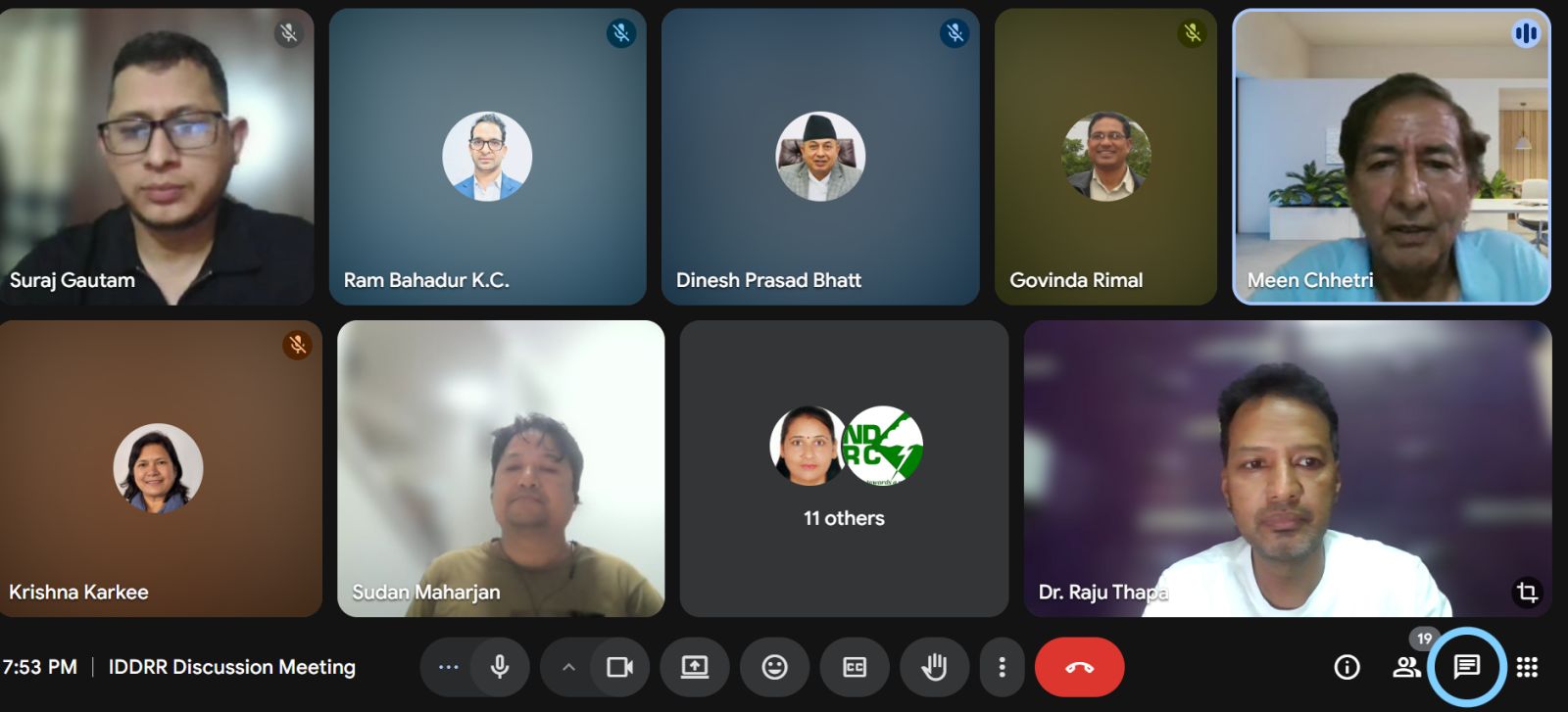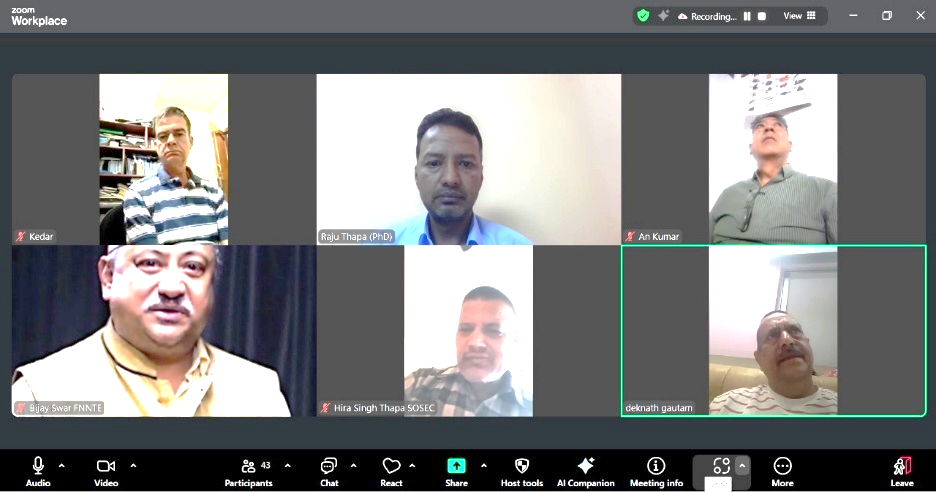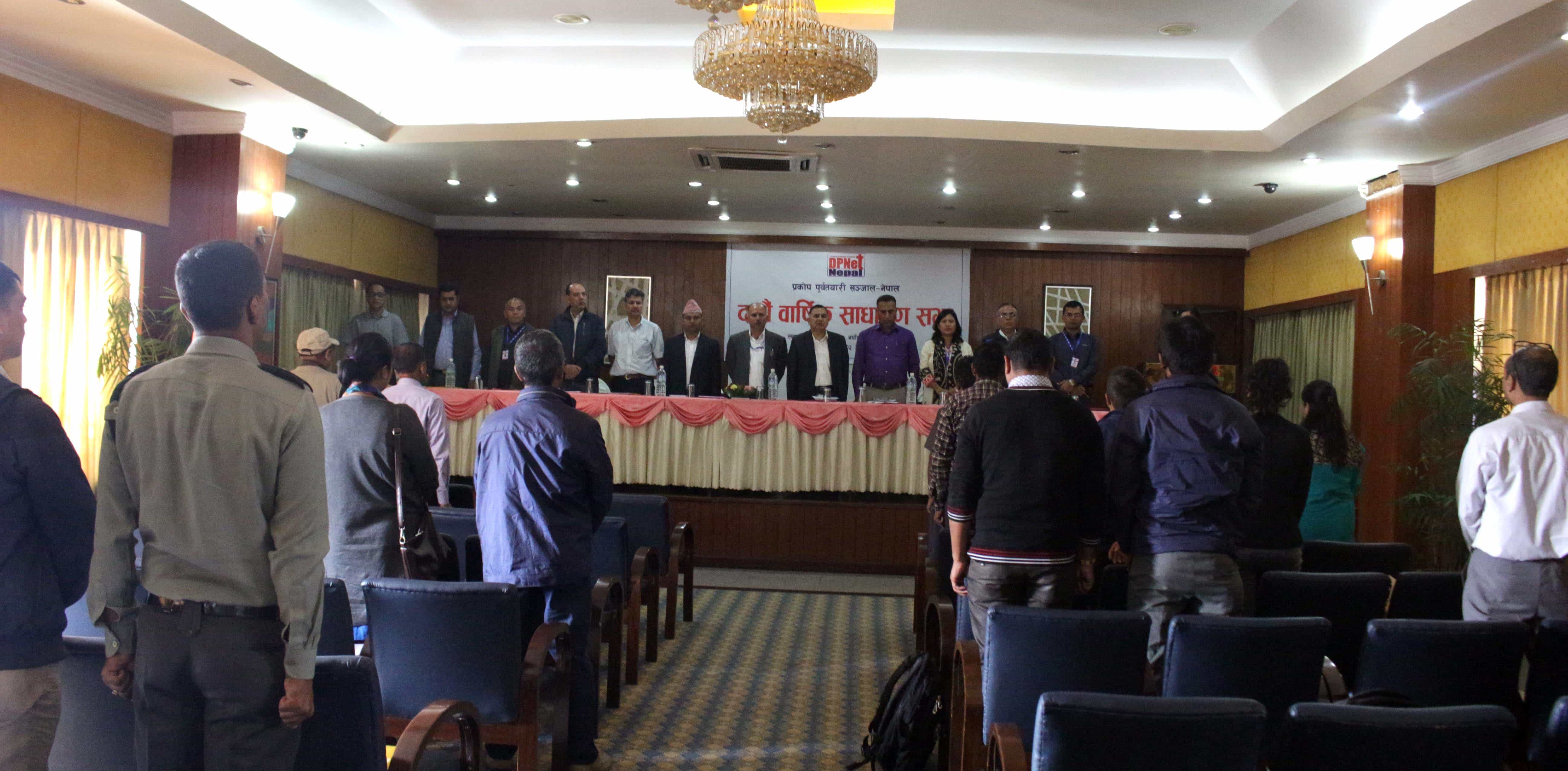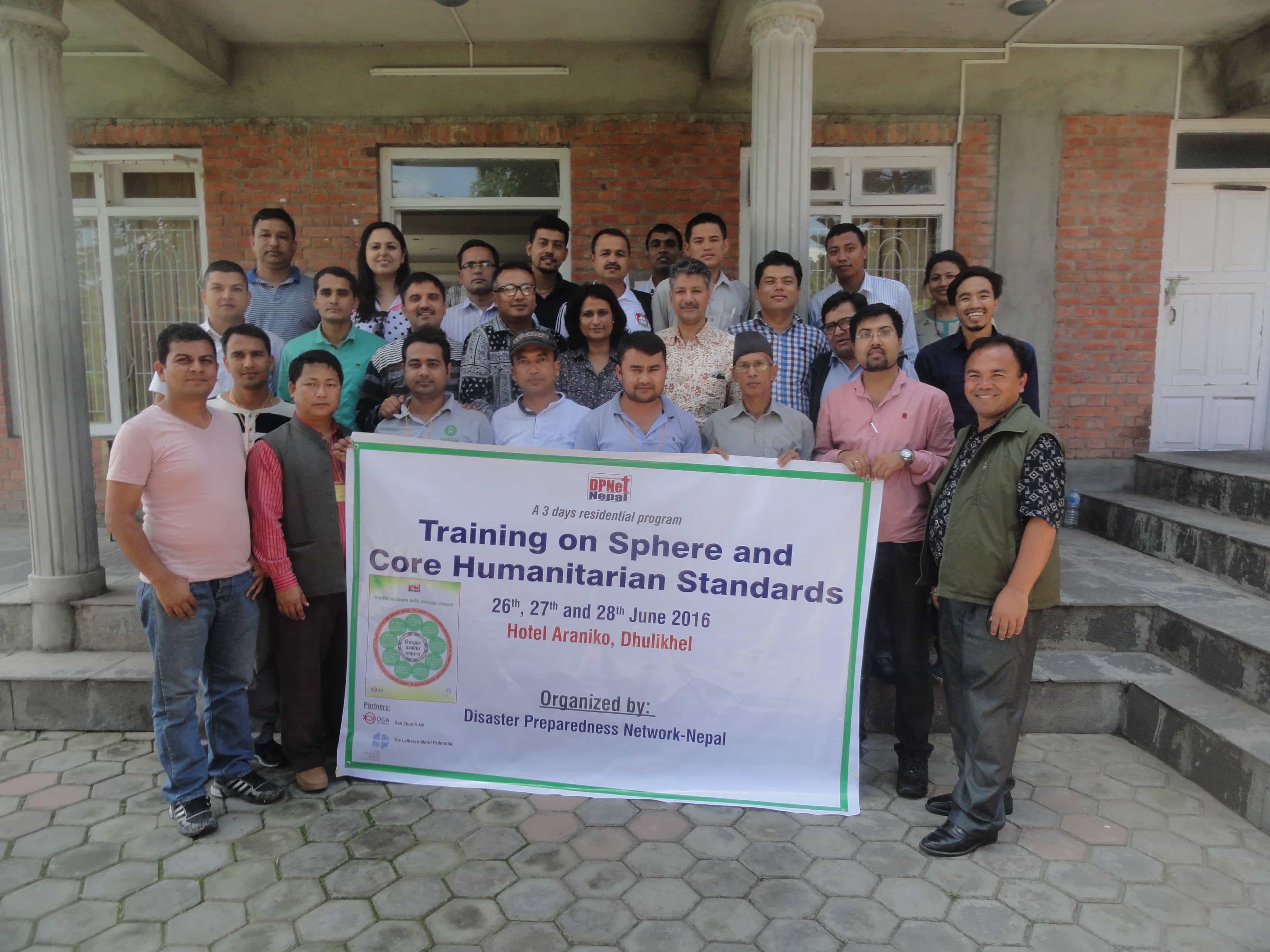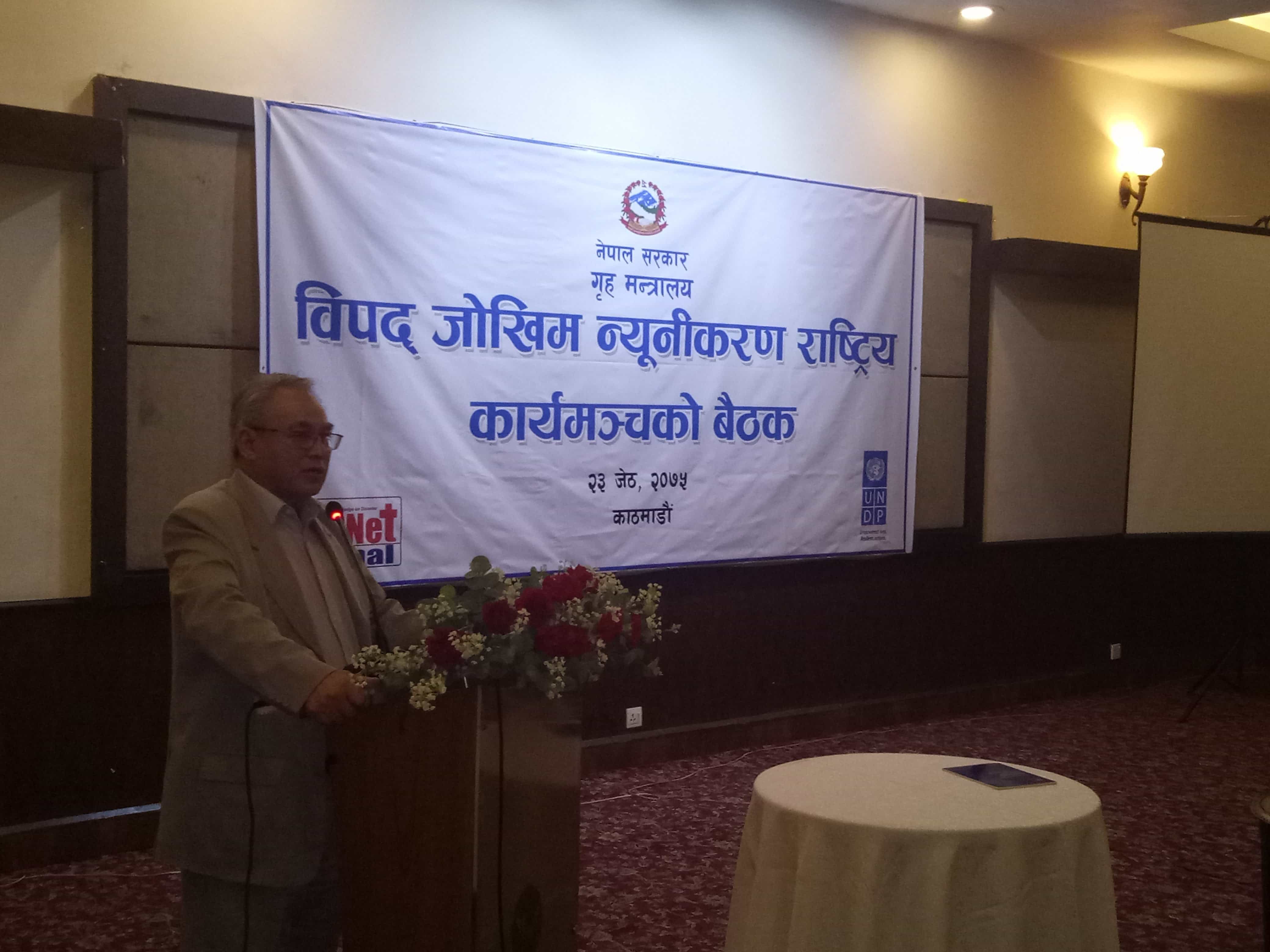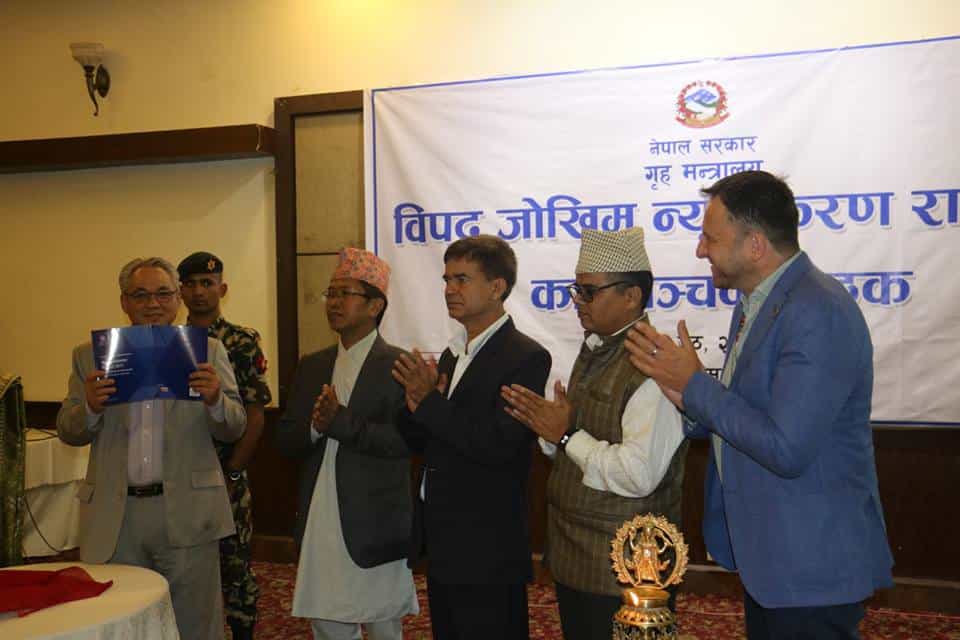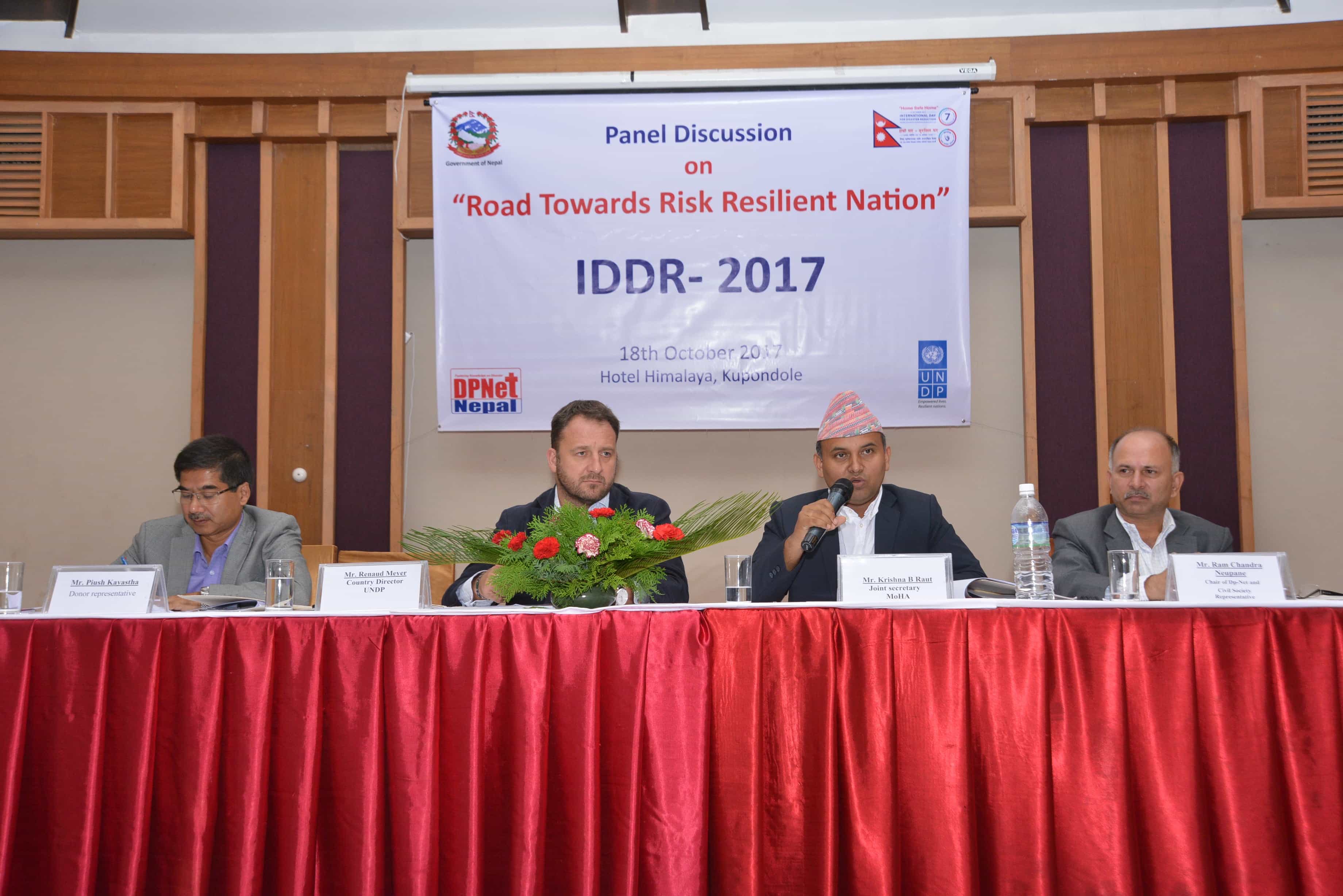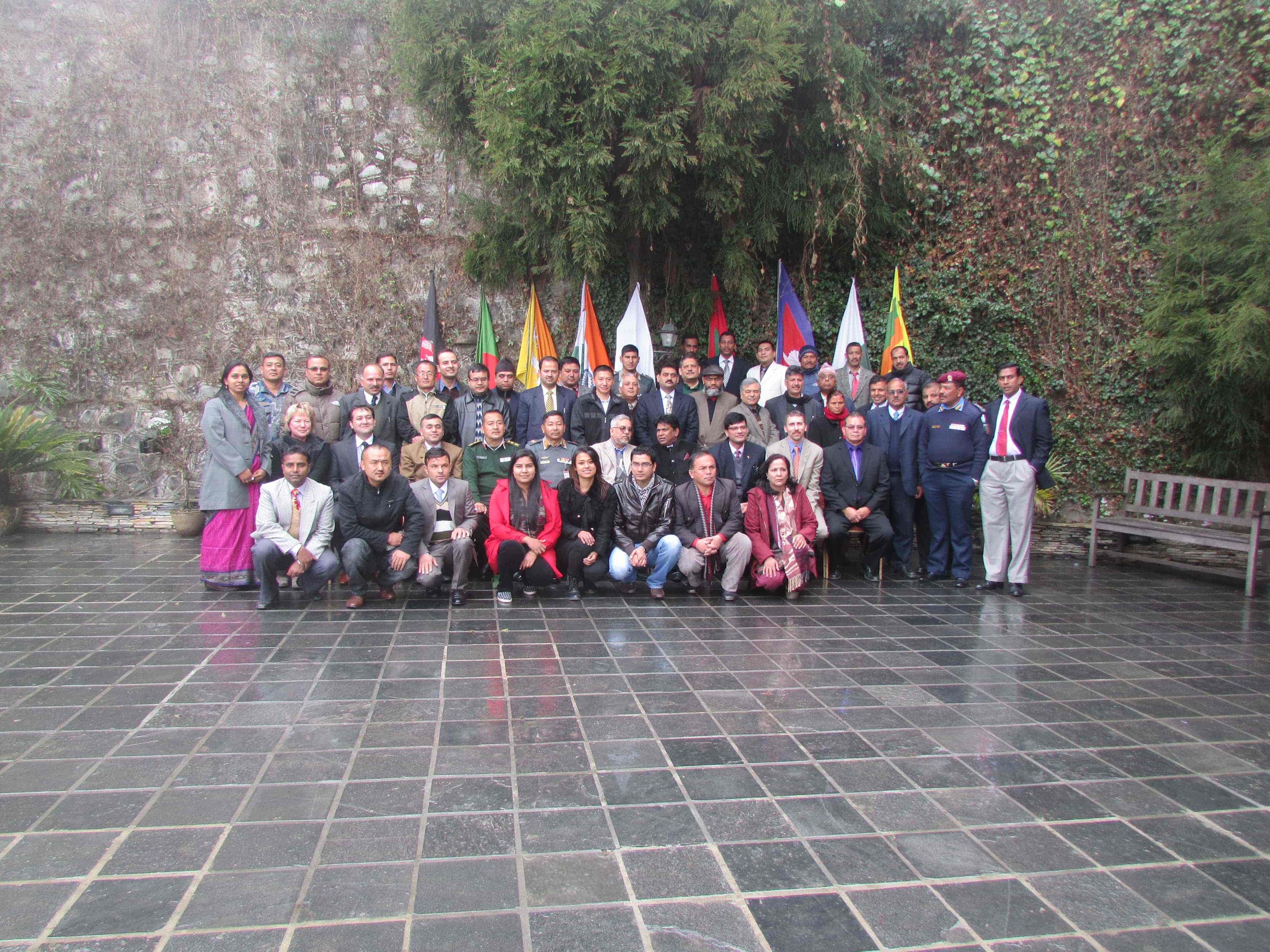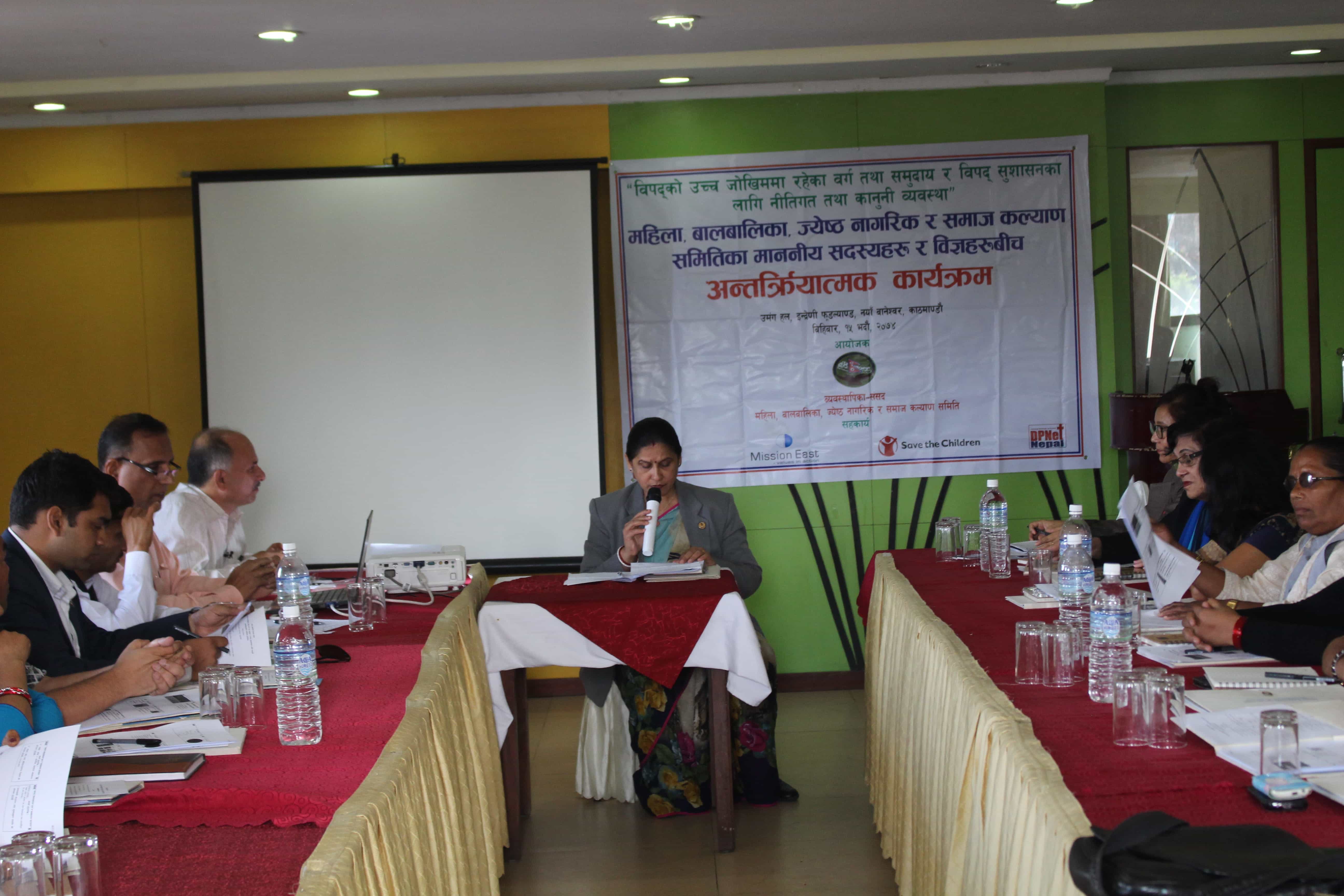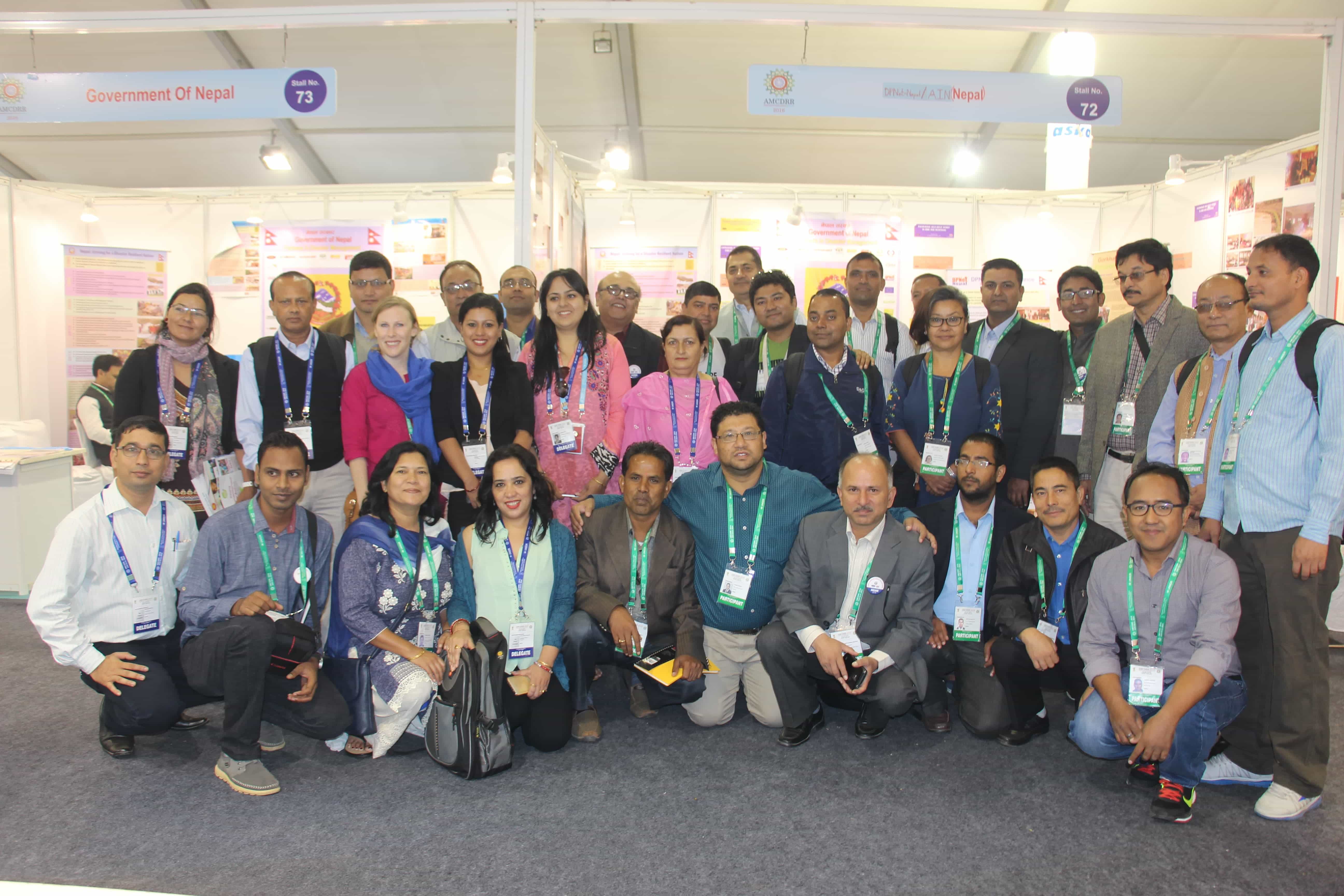Post-Earthquake Discussion Program at Jajarkot District

DPNet in support of Welt Hunger Hilfe (WHH) has conducted discussion program with the relevant stakeholders in Jajarkot District on 23rd March, 2024. This discussion revealed the challenges and complexities surrounding the construction of temporary shelters, highlighting the slow pace of reconstruction and the various factors at play that hinder the community's efforts to rebuild. One of the primary concerns voiced was the approach taken by local governments in declaring houses as collapsed, regardless of their actual condition. This overstatement, fueled by a combination of greed and inadequate verification processes, resulted in an inflated count of beneficiaries, surpassing the actual number of houses in the district. Initially, the government's leniency in distributing the first installment of NPR 25,000 to all claimants, without rigorous validation, transitioned to a more rigid requirement for dismantling houses according to the Temporary House Reconstruction Procedure. This change now requires proof of dismantled houses, additional documentation for those claiming separation while residing under a single roof, and compliance with procedural conditions, which many find difficult and unfeasible.
The bottleneck in the disbursement process became evident when the NDRRMA allocated funds to the District Disaster Management Committee (DDMC), which were to be facilitated by the Local Disaster Management Committees (LDMC) for allocation. The imposition of strict conditions has led to hesitation among LDMCs to claim these funds from the DDMC, resulting in a deadlock with half a billion rupees unclaimed for the second installment. The discussion reveled that, apart from Bheri Municipality, which validated damages before recommending beneficiaries, other municipalities indiscriminately marked houses as fully damaged without proper assessment. This discrepancy has created a deadlock, preventing beneficiaries from claiming the second installment due to the absence of verifiable evidence about their houses' conditions. Consequently, locals have been queuing up at government offices, seeking documentation to substantiate their claims for further support.
Participants have also pointed out the one-size-fits-all approach of the current Temporary Shelter Grant Procedure, which overlooks the diversity in family sizes and the impracticality of a uniform grant amount to construct shelters that meet varying family needs. This approach has particularly disadvantaged larger families, who struggle with inadequate shelter space, and those with partially damaged houses who are reluctant to dismantle their homes due to the insufficient grant amount compared to their houses' value and utility.
The lack of community consultation in the development of the Temporary Shelter Grant Procedure was another issue raised. Many locals traditionally incorporate cowsheds into their housing structures, a practice disregarded in the current procedure, which mandates the complete dismantling of houses. This oversight not only disrupts livelihoods but also poses a significant challenge with the approaching rainy season, highlighting the need to expedite the shelter construction process. To address these challenges, meeting participant proposed several measures: revising the Temporary Shelter Procedure to allow for the retention of ground floors for cattle, simplifying the documentation process for the second installment claim, and providing support for those unable to dismantle their houses. They emphasized prioritizing vulnerable populations for shelter construction before the monsoon and called for improvements in banking services within the affected areas to facilitate smoother transaction processes for earthquake victims.
The discussion program also discussed on the obstacles faced by the community people in their recovery and rebuilding efforts post-earthquake. The insights highlights the imperative need to revisit and revise existing procedures, ensuring community consultation in policy formulation and enhancing coordination among government levels to ensure a more effective, empathetic, and equitable disaster management and reconstruction strategy. In addition to the construction challenges, the discussion also shed light on the living conditions within the temporary shelters. Many of these shelters, hastily constructed with materials like zinc sheets, offer little comfort or protection from extreme temperatures, making them practically uninhabitable. Participants raised the need for a revised shelter construction procedure that considers the geological and environmental realities of their local context, ensuring that new structures are both safe and conducive to their way of life.
The plight of vulnerable groups, particularly the elderly and injured, who are unable to undertake the physical task of dismantling their homes, was also discussed. The community called for the mobilization of security forces or local government intervention to assist these helpless individuals, highlighting the need for a more compassionate approach to disaster recovery that takes into account the capacities and limitations of all affected persons. Furthermore, the discussion touched on broader issues such as the unequal concentration of humanitarian aid in easily accessible areas, leaving remote and inaccessible regions neglected. The need for strategic planning to address potential logistical challenges in future disasters, such as warehousing for relief supplies and ensuring road access, was emphasized.
Political influences and inflated beneficiary numbers due to vested interests have complicated the distribution of aid, illustrating the need for transparent and equitable relief efforts. Additionally, considerations such as land fissures, spring water disruptions, and the registration of injured individuals for allowances were identified as critical areas requiring attention in the ongoing recovery process. This in-depth conversation with the relevant stakeholders of Jajarkot District not only highlighted the immediate challenges faced in the wake of the Jajarkot earthquake but also highlighted the complex interplay of social, political, and environmental factors that influence disaster recovery efforts. The community's insights offer valuable guidance for revising current strategies and policies to ensure a more inclusive, effective, and sustainable approach to rebuilding and resilience.
